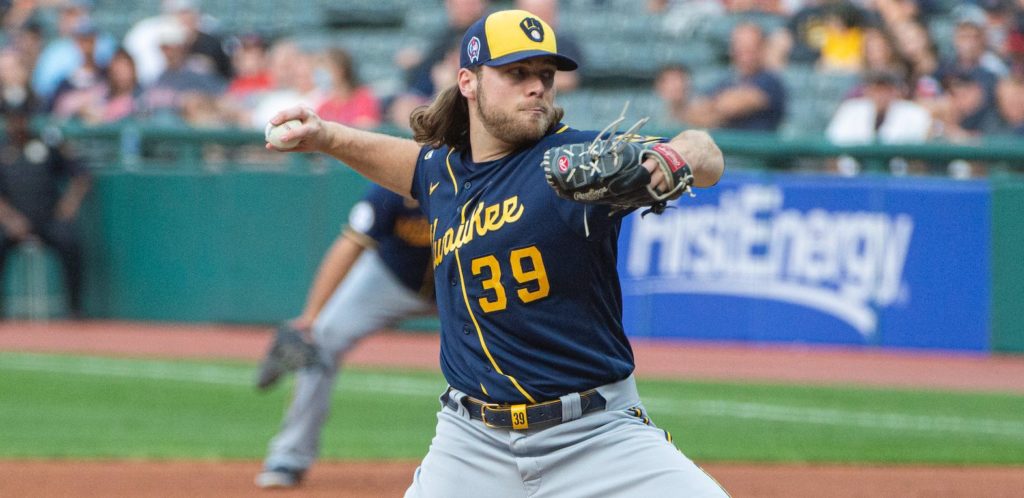Major League Baseball (MLB) has undergone an analytics revolution over the past couple of decades, shifting from the gut-instinct decisions of old-school scouts to advanced statistical analysis. A field that was once dominated by traditional statistics such as batting averages and RBI counts is now teeming with sabermetric metrics, one of the most noteworthy being Field Independent Pitching (FIP). This advanced stat, often underappreciated, holds immense predictive potential for those venturing into the world of MLB prop betting, specifically in predicting pitcher strikeouts.
FIP, in essence, is a metric that attempts to separate a pitcher’s performance from the performance of their fielding team. It concentrates on the outcomes over which a pitcher has most control: home runs, walks, hit-by-pitches, and strikeouts. In the case of prop bets for strikeouts, FIP proves to be a powerful tool for providing a more accurate picture of a pitcher’s true strikeout potential.
The formula for FIP is as follows:
FIP = ((13HR)+(3(BB+HBP))-(2*K))/IP + constant
where:
- HR = Home Runs
- BB = Walks
- HBP = Hits by Pitch
- K = Strikeouts
- IP = Innings Pitched
- constant is a number that is usually calculated to bring FIP onto the same scale as ERA (Earned Run Average)
Traditionally, bettors have relied on ERA (Earned Run Average) as the gold standard for evaluating a pitcher’s skill. However, ERA is highly dependent on the team’s fielding capabilities. Two pitchers with the same ERA may have significantly different FIPs, which is why it is a more reliable stat when predicting strikeout prop bets.
Strikeouts, as per FIP, are entirely within a pitcher’s control and are not influenced by fielding. By examining a pitcher’s FIP and comparing it to their ERA, a bettor can gain insights into whether a pitcher is underperforming or overperforming based on the defense behind him. A lower FIP than ERA may suggest that a pitcher has been unlucky, given that his performance, isolated from his team’s fielding, has been better. This might be an indicator that the pitcher has an untapped potential for higher strikeout counts.

To maximize the predictive power of FIP, it should be combined with other metrics such as SwStr% (Swing and Miss percentage), which measures the frequency with which a pitcher induces swings and misses. When a pitcher has a high SwStr% and a lower FIP than ERA, it’s a promising sign for betting on the over for strikeout prop bets.
Moreover, a deeper dive into the FIP breakdown could help refine our predictions. For instance, HR/9 (home runs allowed per nine innings) is a component of FIP. Analyzing a pitcher’s HR/9 could hint at the ability of a pitcher to keep the ball in the ballpark, which often correlates with strikeout abilities. Similarly, BB/9 (walks per nine innings) and HBP (hit-by-pitches) provide insights into a pitcher’s command and control, critical factors in strikeout rates.
Applying FIP to MLB prop betting, however, requires a clear understanding that no single metric is flawless. FIP is not an exception. For example, FIP doesn’t account for individual variations in pitchers’ abilities to suppress hits, and it doesn’t adjust for the home park or the league’s offensive environment.
Nevertheless, used wisely, FIP can be a useful tool in predicting strikeout prop bets. Its focus on the pitcher’s control over outcomes gives it an edge over metrics that are more reliant on variables outside the pitcher’s control. When combined with other metrics, it provides bettors with a clearer picture of a pitcher’s performance and potential, and hence, more confidence in their betting choices.
The world of MLB prop betting is one of high uncertainty and unpredictability. However, through understanding and using advanced metrics like FIP, the bettor can better navigate this landscape. Remember, though, that all betting involves risk. While FIP and other




